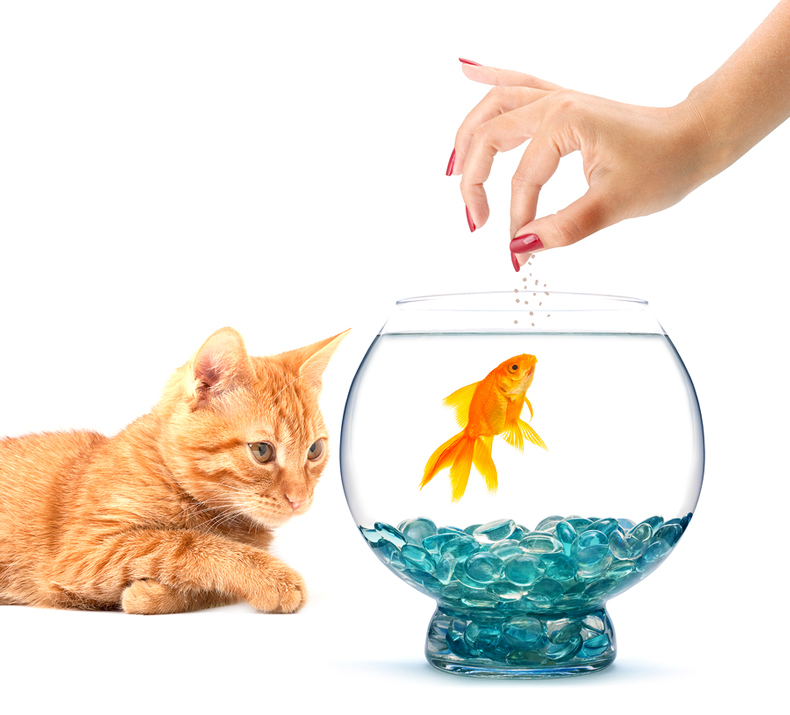
In an established aquarium, natural processes can result in unfavourable water conditions for the fish.
For example, decaying food and fish waste releases ammonia that turns eventually into nitric acid that reduces water alkalinity, resulting in potentially dangerous drops in pH levels. Phosphates from decaying waste and water also build up, leading to increased algae that can deplete oxygen levels in the aquarium.
However, the worst thing you can do is to remove your fish, pour the water out, scrub the tank clean and replace the fish in completely clean water. The poor fish are likely to suffer from shock, with potentially fatal results. Instead, partial water changes should be done, with between 20 and 30 per cent of the water being changed out every week or two, depending on how heavily stocked your aquarium is.
STEP ONE: SAFETY FIRST
First, unplug all electric equipment such as heaters and filters for safety. While you should not remove your fish as this causes undue stress, you may remove any snails or frogs and place them in a separate container to avoid hurting them in the cleaning process.
STEP TWO: AQUATIC PLANT CARE
Plastic plants and ornaments can be removed and cleaned by scrubbing them with your fingers. For stubborn algae build-up, soaking the ornaments in a plastic plant cleaner will help. Never use soap because this not only adds phosphates to your water, causing an algae bloom, but also leaves toxic residue. Consider cleaning only 50 per cent of the ornaments each time as they harbour essential good bacteria. Live aquarium plants should never be removed as uprooting these could hurt or even kill them.
STEP THREE: SCRUB IT OUT
Using an algae pad, algae magnet or algae scraper, remove any algae and calcium deposits that have accumulated on the glass. Do this before removing the water so that you can remove the particles with the siphon, thus preventing the growth from spreading.
STEP FOUR: SUCK IT UP
With a gravel cleaner and an empty pail, siphon out 20 to 30 per cent of the water while cleaning the gravel at the bottom of the tank. Take care when siphoning around live plants, so as not to disturb or tear the roots, and remember to get at any floating algae particles.
STEP FIVE: FILTERING FILTERS
Rinse the filter medium in the ‘dirty’ water that you just removed from your aquarium. Never rinse it under tap water as the beneficial bacteria will be killed. Avoid changing your filter at the same time you change the water since too much good bacteria will be removed. After rinsing, replace the filter medium back in the aquarium and rearrange any plastic plants and ornaments.
STEP SIX: WATER IT
Fill a pail with tap water of a temperature that matches that of the tank (use an aquarium thermometer) and add a water conditioner to remove chlorine from the water. Slowly fill the aquarium back up.
STEP SEVEN: FINAL STEP
Replace your snails and frogs, then plug in the heater and filters to get them running again. And you’re done!












